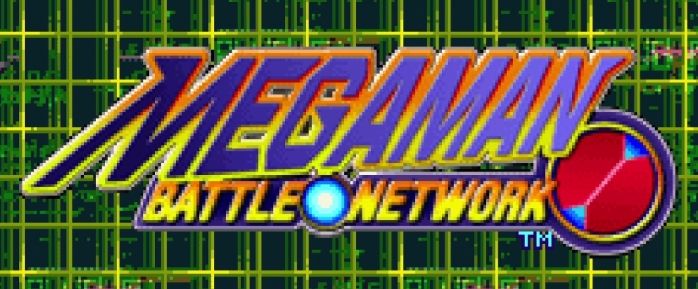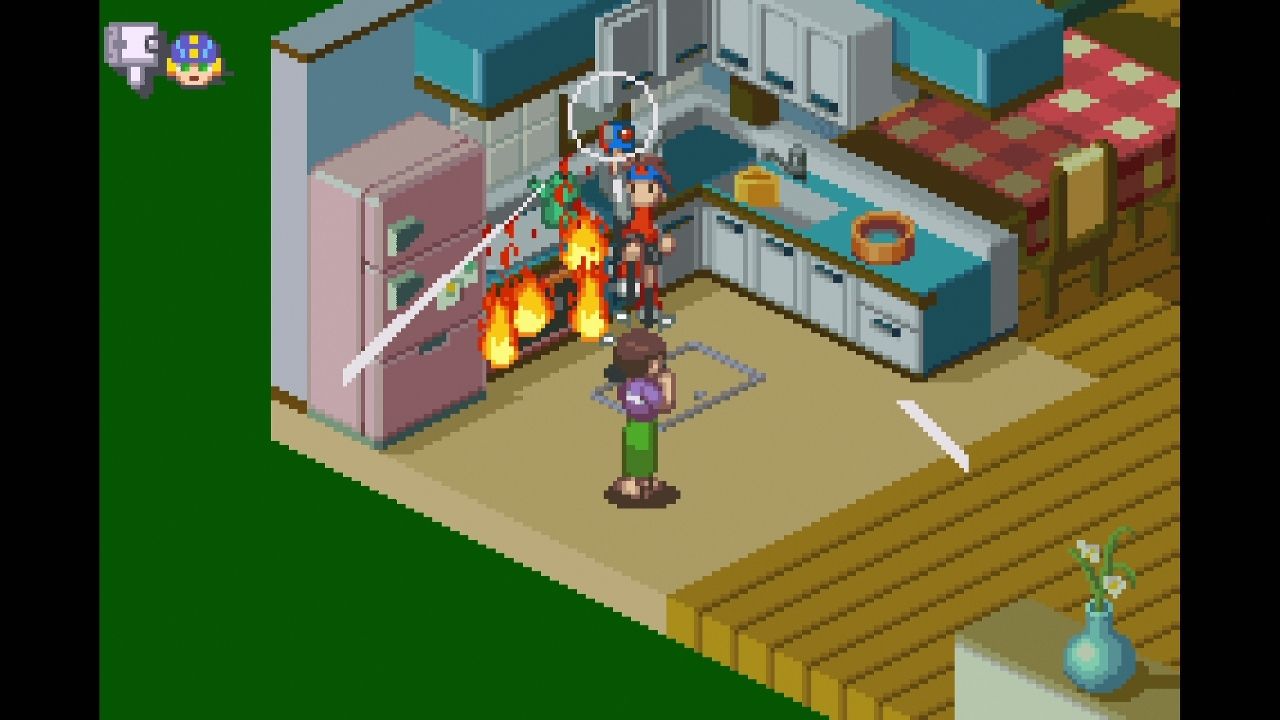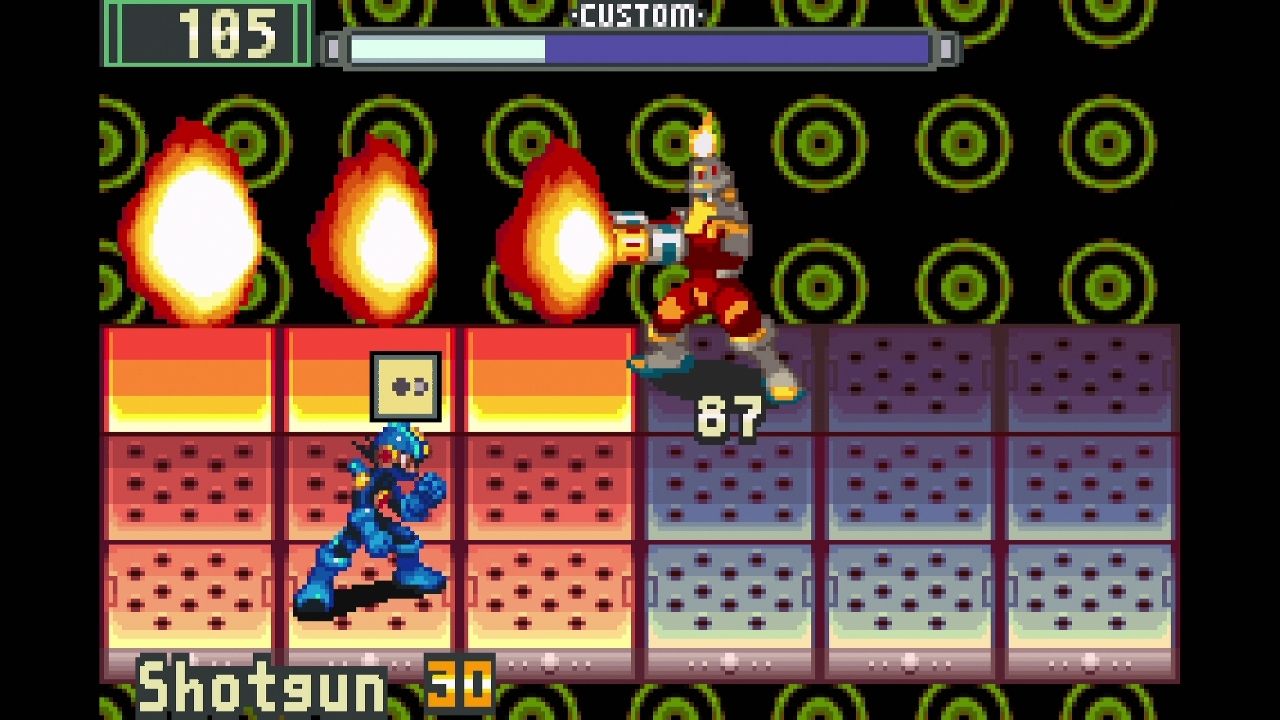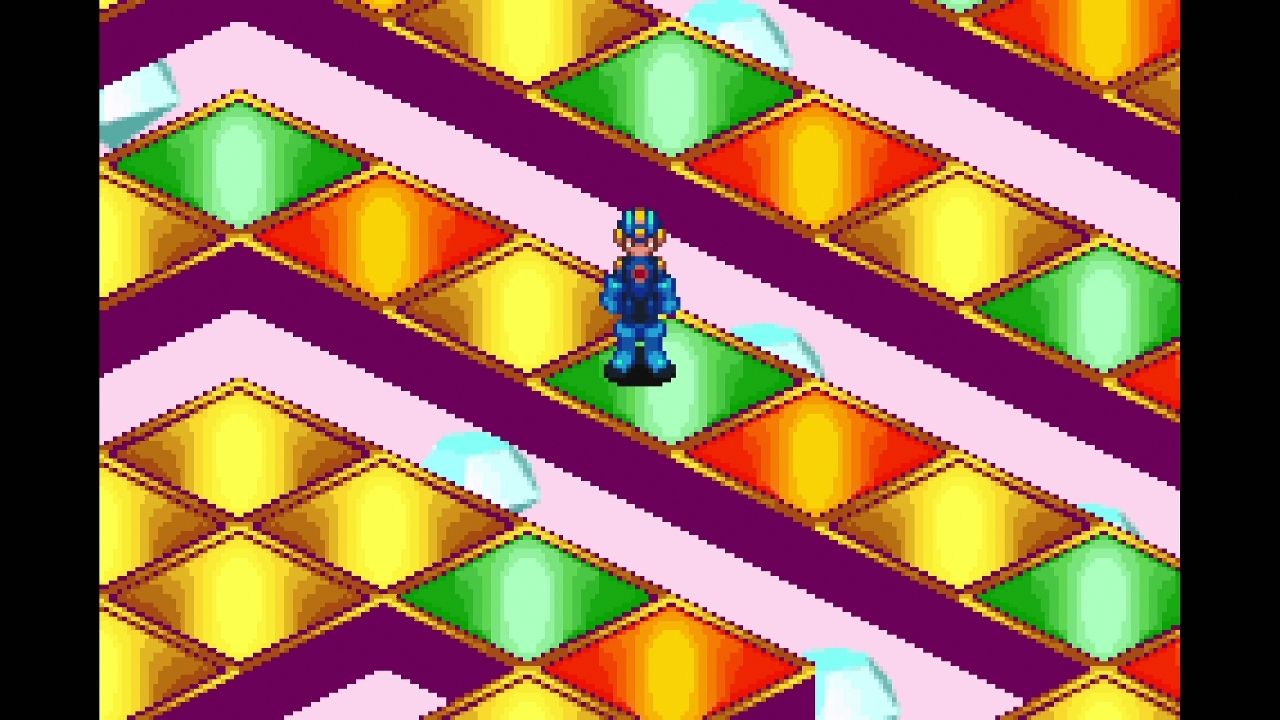Though today you can stuff stereoscopic 3D and console-quality graphics into your backpack, that once seemed inconceivable. Handhelds have evolved quickly, but we shouldn’t forget the games that made them great in the first place. Though these games lack raw processing muscle, they have a power all their own.
With the recent release of Mighty No. 9 leaving many classic Mega Man fans disappointed, it reminded me of just how many versions of Mega Man there have been over the years. The classic series led to a more mature X series, allowing fans who grew up with Mega Man as a kid to grow older and enjoy a more detailed story with far more intricate gameplay. That begat the Zero series that took the story to the next level, but between those came the Battle Network series - an unusual blend of action and tactical RPG that seemed like a failure of a concept on paper. Mega Man had always worked as an action-oriented series and past attempts to change that, like Mega Man Soccer, simply didn't work.
Battle Network gives you several characters to play as. Lan is your character to move throughout the game's world, whereas MegaMan.EXE is used when you go into the in-game internet world. Lan is a young boy in school and you'll encounter many of his classmates as the adventure unfolds. Some like Lan, while others are jealous - including a bully who wants to pit your MegaMan.EXE against his GutsMan.EXE. On a schoolyard level, everything is nice and simple - but the greater evil organization known as WWW (W3) is out to take over the world and you want to stop it. Why? Well, they're evil, out to ruin the internet, and turned your oven into a pile of flames!
The plot is certainly more grandiose than the usual "Dr. Wily is evil and trying to take over the world" lather, rinse, and repeat fare. It is infused with bigger stakes and far more humor and cultural references. The usual 20XX setting is changed to a standard city set 10 minutes of the future - with then-contemporary things like a GameCube and a large PC monitor being things that will garner a chuckle now if you're playing them for the first time as I was thanks to the Wii U's Virtual Console release.
The core gameplay is all about having chip slots and randomized chips from the chips you have available being placed in your lineup for each battle. Every dungeon pits you against a lot of random enemies, and you'll want to make sure to fight efficiently. Long and short-range weapon chips will be part of your cache, but you may not have access to each type in every battle. The default buster works reasonably well though - and allows you to at least do small bits of damage in short bursts. The three-by-six grid is a unique fighting environment, and one that you will want to pay attention to throughout the battle.
Certain power-ups can give you more of a playing field to work with, thus limiting your enemy's defensive moves and effectively cornering them. Of course, this can happen to you - especially if you fight an enemy that weakens the area to where you can only stand on it for one attack. Sometimes, you'll have no option but to do that and hope that a platform will be nearby. The amazing thing about the gameplay is that thanks to the buster, it all feels grounded in Mega Man. Without it, it would feel like an RPG that happens to have Mega Man themes in it - but by keeping the blaster and thus retaining a fast pace, it makes for a natural transition. The core combat is just familiar enough to not have a high barrier of entry for newcomers - and anyone familiar with JRPGs will be right at home with the end result.
The Mega Man games always shined when it came to boss battles, and that holds true here as well. Bosses have familiar patterns, but having so little room to move means you have to move around even more carefully than in a traditional Mega Man or Mega Man X game. Familiar enemies like Guts Man and Fire man return, but with redesigns that take greater advantage of the GBA's power - with Fire Man in particular having some surprisingly nice lighting effects with flames shining off of his outfit as he blasts you. Bosses are tough, as are some of the random battles - but with your health regenerating after every fight, it's a much easier path than it might seem. Trial and error will play a part in navigating the dungeons though, and the lack of an easy to use map system means you'll get all turned around in a dungeon from time to time.
Other than getting a bit lost thanks to the lack of a solid map system, the UI is straightforward and it's a colorful game. One great thing about the GBA being essentially a beefed-up SNES in terms of graphical power is that it can output so many more colors than the 16-bit classics. There is a lot more shading and color variety here than there would have been if it was a SNES game and it has fairly solid animation too with a lot of impressive lighting effects thrown in as well. Musically, it doesn't quite hold up compared to prior Mega Man games. What's here is fairly fast-paced, but none of it sticks with you or is even very hummable when you're playing through the adventure.
Despite its flaws, Mega Man Battle Network remains something that is well-worth checking out today. Those who missed out on it before should try it on the Wii U's eShop, where for $8 you can enjoy one of the best Mega Man side-games ever. The franchise did gain some further improvements down the line, but the first game is an essential part of the sub-series and something that melds the old Mega Man gameplay style with JRPGs surprisingly well.
Get more Pocket Power. Click here to view every Pocket Power so far and prepare for a pocket-sized stroll down memory lane.




